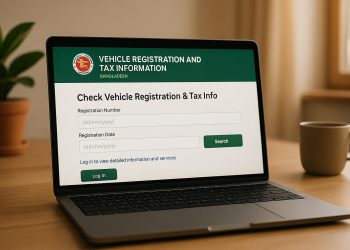Car leasing or buying? It’s a big decision! We break down the real costs, benefits, and hidden pitfalls of both to help you choose wisely.
Is Car Leasing a Better Option Than Buying?
The age-old question when getting a new car: car leasing vs buying? There’s no one-size-fits-all answer. It truly depends on you – your lifestyle, your finances, and what you value in a vehicle. Let’s break it down, ditching the jargon and getting to the heart of the matter.
Leasing: The “New Car Every Few Years” Approach
Think of leasing like a long-term rental. You’re paying for the use of the car during its prime years, not for the car itself.
The Upsides:
⦁ Lower Monthly Bills: This is the big draw. Your monthly payments are almost always lower than if you financed the same car. Why? Because you’re only paying for the depreciation (the drop in value) during your lease term, plus interest and fees.
⦁ Shiny and New: You get to drive a brand-new car, often with the latest tech and safety features, every two to four years. No worrying about major repairs, as it’s usually under warranty.
⦁ Walk Away Clean: At the end of the lease, you hand over the keys and (assuming you’ve met the terms) walk away. No selling hassles.
The Downsides:
⦁ You Own Nothing: At the end, you have no car, no asset. You’ve essentially been renting.
⦁ Mileage Limits: Leases come with strict mileage caps. Go over, and you’ll pay per mile – and those fees can add up fast.
⦁ Wear and Tear: You’re responsible for keeping the car in tip-top shape. Dings, dents, and excessive wear will cost you extra at the end.
⦁ Trapped Until the End: Getting out of a lease early is usually a financial headache, with hefty penalties.
Buying: The “Ownership and Freedom” Route
Buying is the traditional path. You take out a loan (or pay cash), and the car is yours.
The Upsides:
⦁ It’s Yours: Once the loan is paid, the car is an asset you own. You can keep it for a decade, sell it tomorrow, or paint it purple – it’s up to you.
⦁ Drive All You Want: No mileage limits to worry about. Road trip? Go for it!
⦁ Customize It: Want to add a spoiler, upgrade the sound system, or change the rims? No problem.
The Downsides:
⦁ Higher Monthly Payments: Your loan payments will be higher than lease payments on the same car, because you’re paying off the entire purchase price.
⦁ Depreciation Hurts: Cars lose value fast. That brand-new car smell comes with a hefty price tag in lost value.
⦁ Maintenance is on You: As the car ages, you’re responsible for all repairs and maintenance.
⦁ Selling Can Be a Pain: Eventually, you’ll need to sell or trade it in, which takes time and effort.
So, Which is Right for You?
Ask yourself these key questions:
⦁ How long do I typically keep a car? If it’s less than four years, leasing might be cheaper. If it’s longer, buying often wins in the long run.
⦁ How much do I drive? High-mileage drivers should generally avoid leasing.
⦁ Do I value owning an asset? Or is the “new car” experience more important?
⦁ Can I handle unexpected repairs? If a surprise repair bill would be a major problem, leasing’s warranty coverage offers peace of mind.
⦁ Do I want to keep a car long term?
There’s no right or wrong answer, only the best answer for your situation. Carefully weigh the car leasing vs buying pros and cons, run the numbers, and choose the path that aligns with your financial goals and lifestyle. Don’t be swayed by just the monthly payment – look at the total cost over the time you expect to have the vehicle. It will be easier for you.
What’s your biggest priority when choosing between leasing and buying? Let’s discuss it in the comments!




